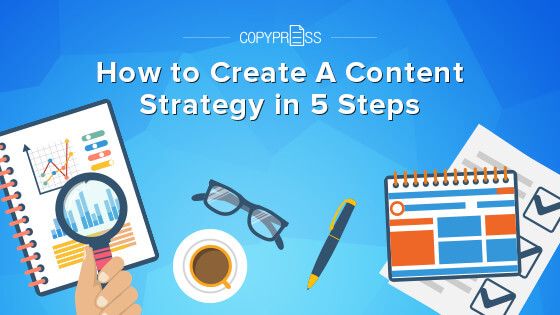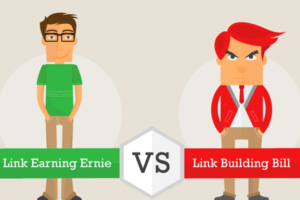Content Attributes
Even if the internet made many people’s lives reasonably straightforward, primarily digital marketers, it has made the competition stiff. An excellent website and numerous social media platforms will keep it intact today. You have to compete for every second of the attention of consumers. For this, you need an excellent and effective content strategy.
An effective content strategy is the backbone of any successful business or organization, as it allows you to connect with your target audience, establish your brand, and achieve your goals. But developing a content strategy tailored to your audience, aligned with your goals, and optimized for success can be daunting. However challenging it could be, understanding the ROI from content should give you more motivation to work harder.

Whether you want to increase brand awareness, drive website traffic, generate leads, or boost sales, a robust content strategy is key to achieving your goals. This post will break down the process of creating a content strategy into five easy-to-follow steps. Read on and discover how you can develop a content strategy that’s powerful, effective, and impactful.
Step 1: Define Your Audience
This step involves identifying and understanding the demographics, interests, and behaviors of the individuals or groups you want to reach with your content. By understanding your audience, you can create content that addresses their needs and concerns and distribute it through channels most likely to reach them.
When defining your audience, consider factors such as age, gender, education, income, occupation, location, and interests. It can help you to create a detailed profile of your target audience.
You could also identify buyer personas, fictional representations of your ideal customer. It can further help you personalize your approach and understand their pain points and what they’re looking for.
Step 2: Set Your Goals
It involves identifying what you want to achieve with your content and using that information to guide its creation and distribution. By setting clear and measurable goals, you can create a content strategy to help you achieve specific objectives.
When setting your goals, consider factors such as increasing brand awareness, driving website traffic, generating leads, or boosting sales. These can be your overarching goals. However, you can also set specific objectives such as ‘increase website traffic from social media by 30% in the next six months’ or ‘generate at least 50 leads per month through a targeted email campaign.’
It’s vital to ensure that your goals are SMART: Specific, Measurable, Achievable, Relevant, and Time-sensitive.
Step 3: Develop A Content Plan

It means creating a detailed roadmap that outlines the types of content to make, the frequency of publication, and the channels through which the content will be distributed. A content plan should consider the goals you set in the previous step, as well as the preferences and behaviors of your target audience.
Optimizing your content for search engines using keywords, meta tags, and descriptions is essential. It will make your content more discoverable to users and improve its ranking on search engines.
Additionally, it’s also essential to have a content calendar. A tool that helps you plan and schedule the content you’ll be creating in advance. It will help ensure your content is consistent, engaging, and aligned with your goals.
Step 4: Create And Publish High-Quality Content
This step involves producing engaging, informative, and valuable content for your target audience. But before doing this, it’s essential to research the topic to ensure that it’s accurate, relevant, and up-to-date.
Use visuals, infographics, and multimedia where appropriate. It could also be interactive, such as quizzes or polls. Write clearly and concisely, using simple language and avoiding jargon. Optimize your content for search engines by incorporating some SEO strategies and ensuring your content is easy to read and share.
Remember that consistently publishing content will keep your audience engaged and interested and ensure your brand is always visible. Distribute your content through the appropriate channels regularly.
Step 5: Measure and Analyze
Measuring and analyzing the results of your content strategy is the final step in developing an effective content strategy. It involves tracking the performance of your content in terms of website traffic, engagement, and conversions and using that information to make adjustments and optimize your strategy.
Use tools such as search engine analytics to track website traffic, bounce rate, engagement, and conversions. Identify which types of content resonate with your audience and which are not. It can help you make adjustments to your content plan and to focus on the content that’s working best.
Use A/B testing (also called bucket testing or split testing) to optimize your website and content and improve your results. It’s a comparison of two versions of a website or app towards each other to know which one works best. Keep an eye on the metrics that align with your goals, such as website visitors, social media engagement, or leads generated.
Conclusion
Developing an effective content strategy is essential for businesses and organizations looking to establish their online presence and connect with their target audience. Following the five steps outlined in this post, you can create a strategy tailored to your audience, aligned with your goals, and optimized for success. Remember that your content strategy is dynamic; you should always measure and analyze your results and adjust accordingly.
Be consistent with your approach and execution, set realistic goals, and measure your progress. Investing time and effort to develop a solid and effective content strategy will pay dividends in the long run and position your business for success in today’s digital landscape.



